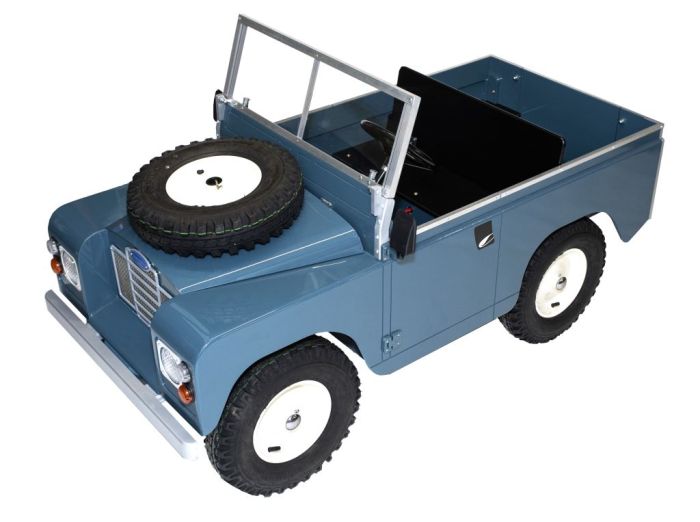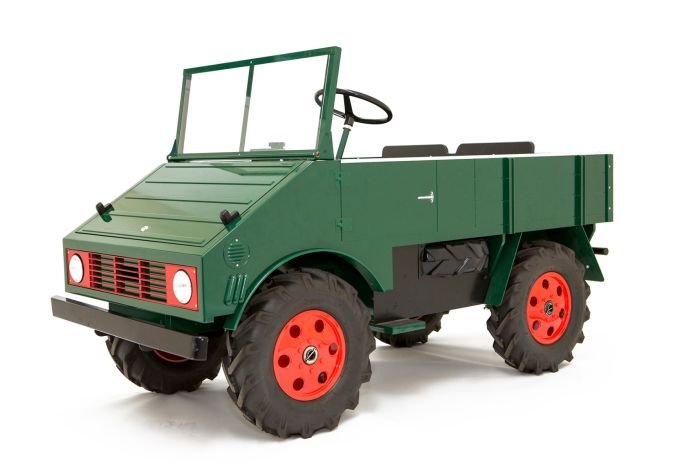Free Advice To Selecting Remote Control Childrens Cars
Wiki Article
How Should You Choose A Ride On Car To Take A Toddler Or A Teen Child?
When thinking about ride-on vehicles for kids, it's important to consider their age, size and developmental stage to ensure that the vehicle is safe, appropriate, and enjoyable for them. How to take into account these elements - age
Younger Toddlers (1 to 3 years old) Consider riding-on vehicles specially created for children of this age. These cars usually have a low, stable design with easy-to use controls. They often also have easy features like steering wheel, buttons or handles. Choose ride-on cars that have a large base to ensure stability and a low danger of falling over.
Children over 3 years old - With age, children are able to manage ride-ons that have more advanced features and controls. Look for cars that have an adjustable seat, larger weight capacity, and more interactive functions like lights, sound or music. Consider ride-on vehicles that have variable speeds or parental controls for different skill levels.
Size
Weight and Height - When selecting a ride on car, be aware of the height of your child and their weight. Pick a car that has an appropriate seat for your child's height and weight. Avoid small or large cars that are unsafe to drive in or uncomfortable.
Comfort and legroom Ensure your child has enough room to sit comfortably in the car. The size of the seating area should be appropriate for the height and size of your child.
Developmental Stage
Motor Skills - When deciding on a ride-on vehicle take into consideration your child's coordination and motor skills. While infants and toddlers may require easier controls to navigate the car, older kids are able to handle more complex controls and interactive features.
Confidence and Independence The use of ride-on cars can foster independence and confidence in children, as they learn to navigate and control their own car. Pick a car that permits your child to practise steering as well as acceleration and braking independently, building their motor skills and confidence over time.
Choose a car that's engaging and appealing to your child. Pick a theme, colour or feature that will appeal to your kid's interests. It could be an old-fashioned car or sports car with personality or pickup truck or a classic car.
Take into consideration your child's size, age and developmental stage to pick a car that is safe, comfortable and engaging. This will provide hours of learning and fun for your child as they are playing and exploring. Follow the recommended kids ride on cars for site examples including car toy car toy, 2 seater electric cars, ride electric car, childs ride on car, toy cars toy car, electric rideons, electric toy car, remote control childrens car, kids electric cars, car toy toy and more. .

How Are Kids Car Models Designed For Indoor And Outdoor Use?
Outdoors or indoors, children automobiles are designed to work in various conditions and settings. Here are the differentiators between these models Indoor Use Cars
Size and Weight: Cars that are designed for indoor usage tend to be lighter, smaller and easier to maneuver in small spaces like living rooms, hallways, or playrooms. They can navigate through narrow spaces and tight passages with ease.
Low Ground Clearance: Indoor-use cars have a low ground clearance so they don't get stuck or snagged by obstacles such as rugs, thresholds or carpets. This guarantees seamless and uninterrupted movement over indoor surfaces, without the risk of becoming stuck or falling over.
Smooth Wheels. Cars that are used indoors typically have wheels made from materials that are smooth, like plastic or rubber. They provide greater grip and traction on smooth surfaces, like laminate flooring, hardwood floors or tiles. These wheels are designed for indoor use, to reduce noise and to keep surfaces safe from scratches.
Temporary Speed - Indoor vehicles typically operate at a slower speed to keep control and safety. This prevents accidents and collisions with walls, furniture, or other obstacles commonly encountered in indoor areas.
Outdoor Use Cars -
Durable Construction - Cars that are designed for outdoor use are built with tough materials like strong plastic or steel to stand up to rough handling and outdoor elements such as sun, rain, and temperature fluctuations. They are more durable against wear and tear resulting from exposure to the elements.
The higher the clearance of the ground, the better able to handle bumps and uneven terrain. This enables them to navigate rough surfaces such as dirt, grass, or gravel without becoming trapped or damaged.
Traction Tires These are the tires on vehicles that are intended for use outdoors are often fitted with treads, or patterns that enhance grip and traction when driving over uneven or slippery surfaces. This helps to maintain control and stability when driving over rough terrain.
Weather Resistance - Designed for outdoor use, vehicles can feature components that are resistant to moisture or environmental damage including sealed electronics and waterproof casings. The car is able to be subjected to mud, rain, and puddles with no loss of performance.
Outdoor-use vehicles have a higher speed limits to allow for large areas and distances. It provides an exhilarating, adventurous experience for children who want to explore outdoor spaces.
In considering these design characteristics and other features, parents can select a car for children that best suits their particular requirements and the setting where they'll utilize it, whether indoors or out. Parents can ensure that your child's safety enjoyable, memorable, and long-lasting experience. Read the best find out more for Audi ride on car for blog examples including car toy toy, childs electric ride on car, digger ride, ride electric car, two seater electric cars, car for toy, toy car toy car, digger ride, toy ride, two seater electric cars and more. .

What Kind Of Children's Remote-Controlled Cars Are There? What Are The Advantages And Disadvantages Of These Vehicles?
Remote control vehicles for children Also known as RC or remote-controlled vehicles are available in a range of designs, sizes and prices. They're designed to meet the needs of the needs of different budgets and tastes. This article provides an overview of types sizes, styles and prices of remote-controlled cars for children and their pros and cons.
Electric RC Cars – Remote-controlled electric cars that are powered by batteries. They are suitable for use indoors as well as outdoors. The cars come in various designs, including trucks or buggies.
Nitro RC Cars – Gas-powered remote controlled vehicles that have greater performance and speed, but more expertise and maintenance is required in order to operate. Electric RC cars are smaller and are less costly.
Scale Models (Remote-controlled replicas) They are miniatures of real-life vehicles like cars, trucks or planes. Scale Models can be found in a range of sizes that range from 1-10 to 1-24. Larger scales provide more detail and realistic appearance.
Sizes -
Remote-controlled children's cars are available in a variety of sizes, from small micro-sized models to large-scale replicas. The size and weight of the vehicle will impact its performance.
Micro-sized cars are compact and light, making them suitable for indoor use as well as younger children. The larger cars offer more power and durability, making them suitable for off-roading and racing.
Prices -
The price of a car with remote controls for children varies depending on its size of the vehicle, its features, manufacturer and build-quality.
Small electric RC cars be priced between $20 and $100 While larger-scale electric and nitro RC cars can range from $100 to $500 or more.
Scale models, premium hobby RCs may cost between several hundred dollars to over a $1,000 depending on the quality of the model and performance.
Pros and Pros and
Pros -
Entertainment - Children's remote control vehicles can offer hours of fun and entertainment for both adults and children.
Operating an R/C car helps children develop spatial awareness, problem-solving and hand-eye cooperation.
Social Interaction-RC cars can be played with family members and friends, encouraging social interaction and cooperation.
Customization - A lot of RC vehicles can be upgraded with modifications and accessories that can improve their performance and appearance.
Cons
Costs - Quality remote control cars for children can be costly particularly those with hobby-grade advanced features.
Learning Curve – Operating an RC vehicle requires a lot of practice and skill, and even younger youngsters may be unable to master the controls at first.
Maintenance - Regular maintenance is required for RC cars like cleaning, lubrication and repairs.
Safety issues Safety Issues RC vehicles could be hazardous in the event that they aren't operated responsibly under adult supervision. They may result in accidents, falls and electrical hazards.
Children of all ages will love remote-controlled cars. It is crucial to think about factors such as the cost, size, and safety before deciding on the most suitable model. The RCs that are designed for hobby use may be ideal for teenagers and older children, while more basic models are suitable for young children and those who are new to the world of. Have a look at the most popular McLaren kids car for more advice including electric ride on cars, ride on digger, race car toy, toy in car, digger ride, kiddies cars, kids electric cars, childrens electric ride on, kids electric cars, ride ons and more. .
